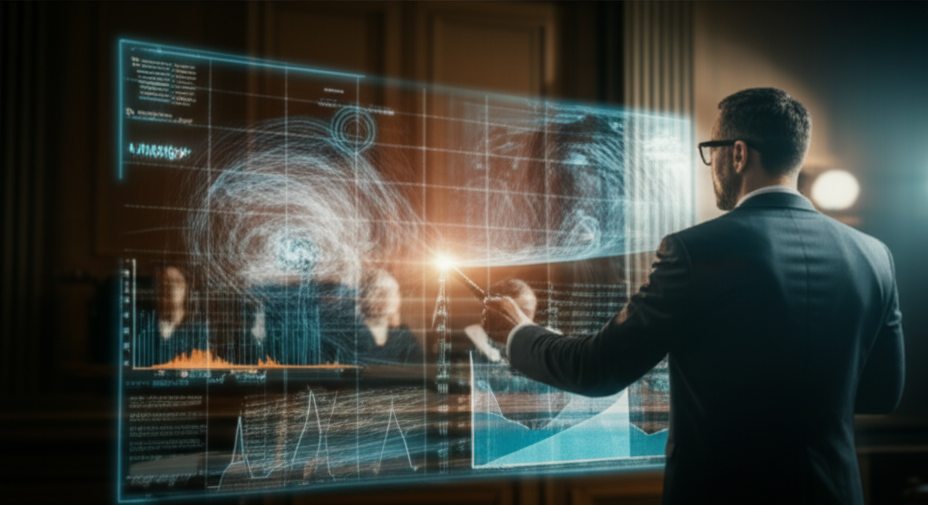Understanding Weather Evidence in Court: A Comprehensive Legal Guide to Forensic Meteorology
Forensic meteorology uniquely integrates weather science with legal expertise, making it indispensable in court cases ranging from personal injury to property damage disputes. Attorneys, judges, and juries increasingly rely on precise, credible weather evidence, making a comprehensive understanding of its admissibility and strategic presentation vital for legal professionals.
Types of Weather Evidence
Radar Data
Radar technology captures precise precipitation patterns, storm intensity, and wind behavior. High-resolution radar data from authoritative organizations like the National Weather Service (NWS) is critical for substantiating or refuting claims regarding severe weather incidents such as hurricanes, hailstorms, and flash floods.
Satellite Imagery
Satellite imagery visually documents weather systems at a macro scale, capturing cloud formations, storm developments, and atmospheric changes. Such evidence proves crucial, particularly in litigation involving widespread weather events, offering explicit, visual confirmation that supports factual testimonies.
Weather Station Records
Automated weather stations from entities such as NOAA continuously record precise data, including temperature, precipitation, wind speed, and atmospheric pressure. Courts heavily rely on this data due to its objective and verifiable nature, making it an essential form of evidence in accurately determining localized weather conditions.
Eyewitness Testimony
Eyewitness reports complement objective data, offering firsthand accounts of weather conditions such as visibility impairments or unexpected atmospheric events. However, because eyewitness accounts can be subjective, it is crucial to corroborate them with verifiable meteorological data to strengthen their reliability.
Admissibility in Court
Weather evidence is generally assessed for admissibility through standards similar to the Daubert criteria, focusing on its relevance, reliability, and scientific validity.
Relevance and Reliability
Weather evidence must directly address case facts and be sourced from credible, verifiable institutions like the NWS to be admissible. Ensuring the weather data’s scientific rigor and documented accuracy significantly impacts its admissibility.
Expert Testimony
Qualified forensic meteorologists interpret complex meteorological data for the courtroom. These experts provide testimonies that undergo rigorous cross-examination, stressing the necessity for robust credentials and proven experience to withstand legal scrutiny.
Case Example
In a high-profile slip-and-fall case, the defense successfully leveraged weather station and radar data to illustrate ice’s rapid and unpredictable formation. This evidence significantly influenced the court’s understanding of liability, favoring the defendant.
Challenges and Considerations
Effectively using weather evidence involves addressing specific challenges head-on.
Technical Complexity
Meteorological evidence can be intricate. Attorneys must collaborate closely with forensic meteorologists to simplify complex data through clear, accessible language and compelling visualizations, facilitating better jury comprehension.
Data Accuracy and Interpretation
Discrepancies in meteorological data due to equipment sensitivity and data collection methods require diligent verification and cross-validation. Attorneys should rigorously examine data reliability to prevent misinterpretation or erroneous conclusions.
Temporal and Spatial Resolution
Cases often arise in areas between official data points or in remote locations. Here, forensic meteorologists employ advanced modeling techniques to reconstruct conditions accurately, requiring meticulous validation to ensure data admissibility and reliability.
Strategic Tips for Lawyers
- Employ Certified Experts: Partner with forensic meteorologists with certifications from recognized bodies such as the American Meteorological Society (AMS).
- Use Comprehensive Data: Combine radar, satellite imagery, weather station records, and eyewitness reports to build robust cases.
- Enhance Visual Communication: Use intuitive visual aids, such as graphs, charts, and animations, to simplify complex data for jury members.
- Pre-trial Data Verification: Proactively validate and secure all meteorological data to anticipate and mitigate potential courtroom challenges.
Conclusion
Accurate and admissible weather evidence significantly impacts legal outcomes. Attorneys proficient in interpreting and presenting meteorological data strengthen their cases and effectively navigate the complexities of forensic meteorology. As extreme weather events become more frequent, mastering this critical intersection of science and law will continue offering strategic litigation advantages.
Use the contact form below or email me for a free case review.
Contact – Scroll Down – John Bryant
http://services
901.283.3099
Want to know more about forensic meteorology? I have listed some great resources below.
National Oceanic and Atmospheric Administration (NOAA)
National Centers for Environmental Information
American Meteorological Society
SEAK Experts – Forensic Meteorology
Penn State Department of Meteorology and Atmospheric Science

